Azure ML Powers the Brain of the Modern Smart Grid
What could big data have to do with the reliable flow of electricity? As it turns out – a lot.
Electrical grids include power plants, transmission lines, and a network of substations that serve thousands of buildings and a lot of our public infrastructure. These are complex networks powered by data stored in building meters, customer information systems and in the supervisory control and data acquisition (SCADA) systems used to manage the grid. Although there’s a lot of data available, pulling the right information is a challenge as there are many disparate systems and applications involved which do not talk to each other. Getting trustworthy insights on all of this data is therefore difficult.
 Disparate software and data sources are just one problem. Most grids, built decades back, find it hard to keep up with today’s demand. Although the recent advent of renewable energy sources such as wind and solar is a big plus, one issue is that these sources can sometimes be erratic.
Disparate software and data sources are just one problem. Most grids, built decades back, find it hard to keep up with today’s demand. Although the recent advent of renewable energy sources such as wind and solar is a big plus, one issue is that these sources can sometimes be erratic.
Utilities typically cannot afford the cost and downtime of big infrastructure upgrades but are increasingly investing in smart sensors and meters to improve efficiency via better monitoring and failure detection. But, even with the adoption of newer technologies, utilities still struggle to get value from their data because of the lack of a central way to bring it all together before they can use it in their operations.
Building the Brains of the Modern Smart Grid
eSmart Systems is in the business of creating the next generation of smart grid software. Their goal is to create systems with optimal demand flexibility and response capability. A critical part of their vision is the ability to process huge data flows and leverage the insights from data in critical business decisions.
eSmart Systems focused their initial efforts on demand response management. They looked to the cloud to address to the scale challenges of big data and the computing needed to perform the analytics and decided to build the brains of their modern smart grid on Azure and Azure ML.
eSmart Systems have designed an automated demand response solution that collects data from virtually any type of meter or sensor into Azure Storage blobs. The solution then runs predictive models in Azure ML to forecast potential capacity problems and automatically control the load to buildings and other infrastructure to prevent outages. One thing they loved was the fact that they didn’t have to operate at the level of virtual machines – rather, everything could be done through Azure services.
The eSmart solution provides a short-term 24-hour forecast, a long-term monthly forecast, and a temperature forecast, and it offers a centralized way to monitor and manage the entire grid.
With their Azure-based platform they have been able to connect all of their data together and provide grid managers with a single user interface for all their tasks. Data is visualized through an eSmart interface and also made more widely available to business users through an interactive Power BI dashboard.
With eSmart Systems technology running in the Microsoft cloud, everyone has less to worry about. “We’re providing the brains of the smart grid – the software platform that operates the grid. We’re using a lot of different Microsoft Azure technologies, including Azure Machine Learning, but the core solution is to help operators predict issues to prevent blackouts” says Knut Johansen, CEO at eSmart Systems.
The company plans to extend its solution to include predictive maintenance. Their eSmart System Platform can easily optimize for other energy management scenarios such as in commercial buildings and for charging electric vehicles. The company is also working on additional consumer features such as providing status updates via smartphones.
Because the eSmart Systems solution is simpler, more affordable and offered as a service, utilities do not need an IT technician to navigate their solution. They simply spin up an Azure environment for them and it just works – all it takes is an Internet connection. (ML Blog Team)
Source: Cortana Intelligence and Machine Learning Blog
Photo/video source: Cortana Intelligence and Machine Learning Blog

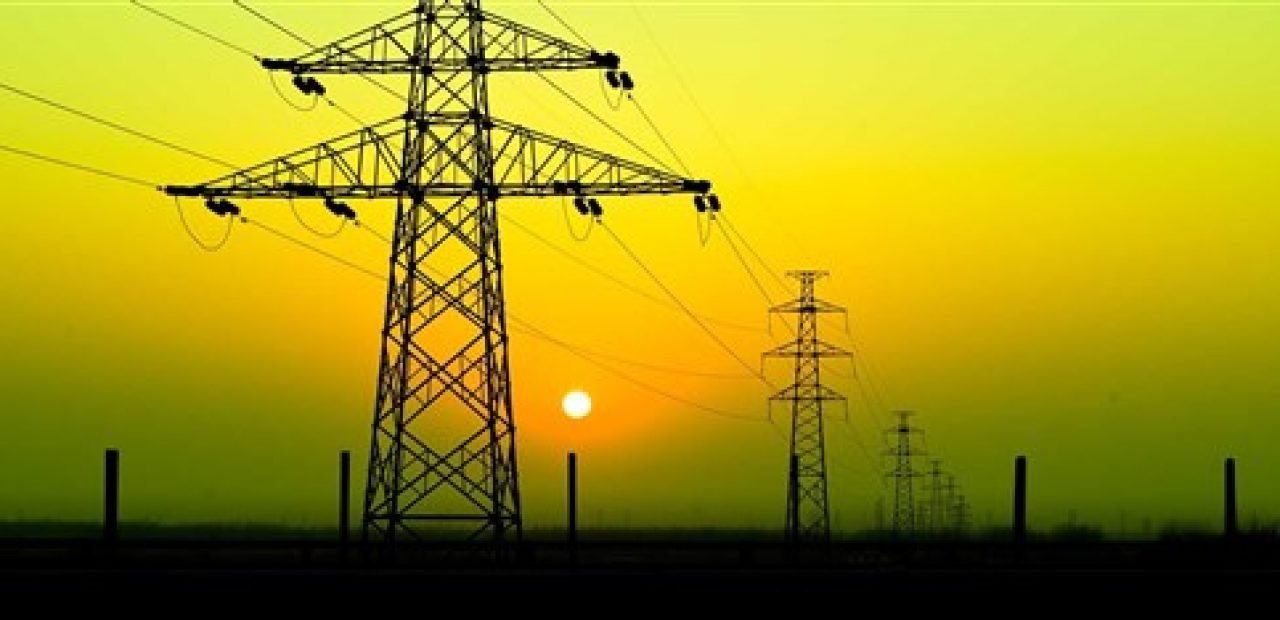

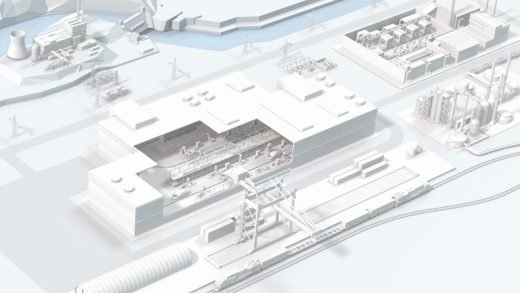


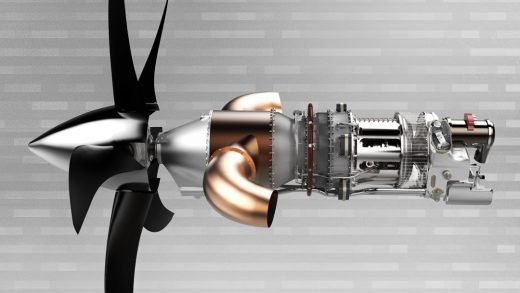
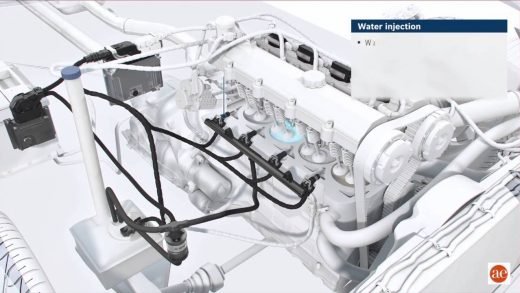
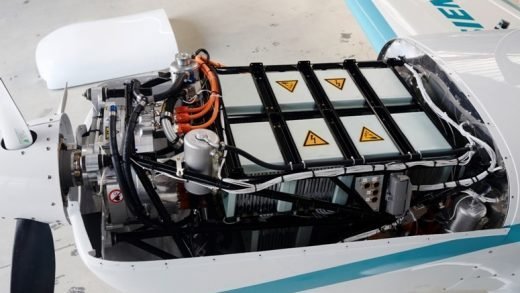
Recent Comments